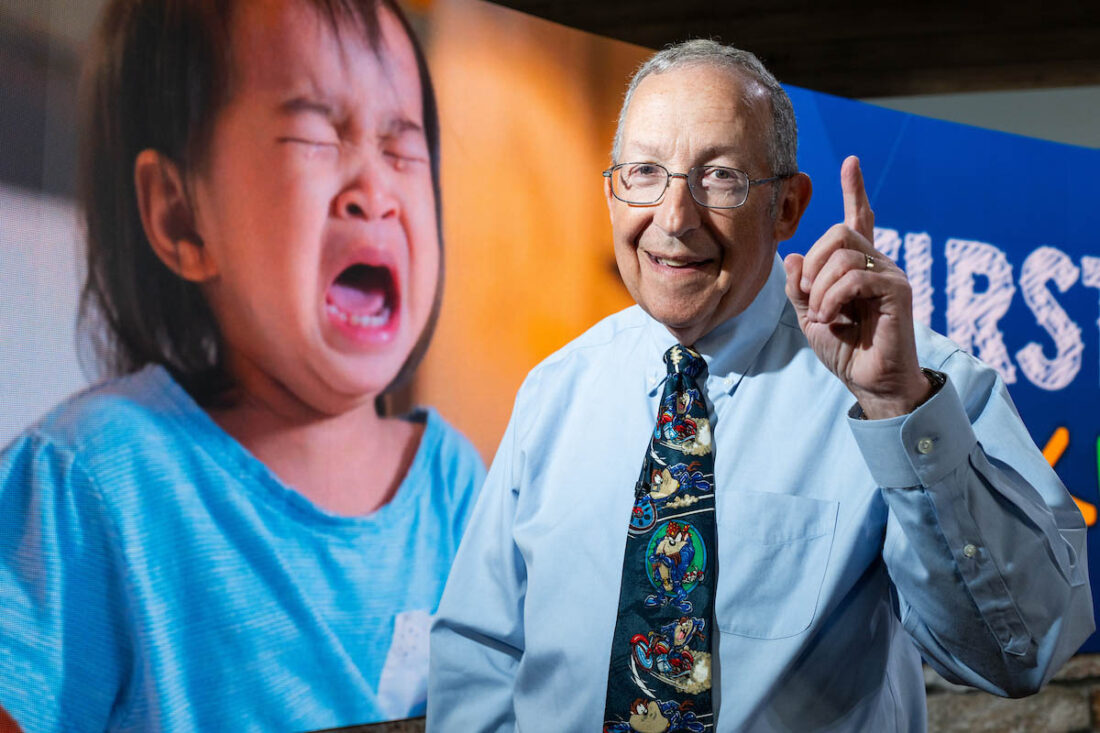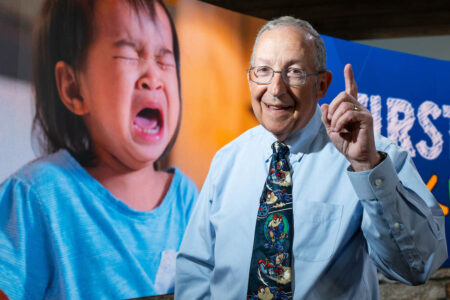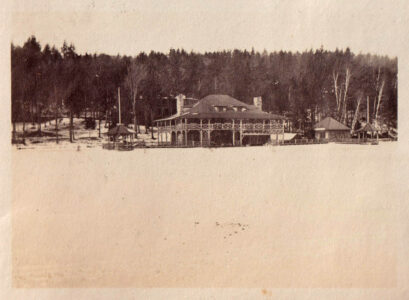Preventing carbon monoxide poisioning

As the weather starts to turn cold, parents think it’s a gas to use wood stoves for home heating.
I think that’s great as long as the gas coming out of that stove isn’t carbon monoxide.
Carbon monoxide poisoning affects 10,000 people per year — and 800 to 1,000 die from it.
Why is carbon monoxide so dangerous? Because it’s a gas you can’t see, taste or smell.
Carbon monoxide can kill you or your child before you know it’s there because it blocks oxygen from being delivered to cells in your body.
Any fuel-burning appliance in your home is a potential source. This problem usually occurs in fall and winter when people heat their homes or if you leave your car running in the garage.
Symptoms of mild carbon monoxide poisoning that can often be mistaken for the flu include: headaches, fatigue, nausea, dizziness and confusion.
–
How to know when it’s a problem
–
Ask yourself these two questions:
1. Are others in your house feeling ill as well?
2. Do you or others feel better when away from the house for a period of time?
If the answer to these questions is yes, it may be carbon monoxide.
–
Ways to prevent or detect this type of poisoning
–
¯ Make sure you have a carbon monoxide detector on each level of your home and near all sleeping areas.
¯ Test it monthly.
¯ Replace the carbon monoxide detector every two to five years in your household.
¯ If it goes off, get everyone out of the house and call the fire department from a neighbor’s home.
¯ Fresh air is the quickest antidote to carbon monoxide poisoning.
¯ Treatment involves giving extra oxygen to kick out the carbon monoxide and if started early enough, full recovery can occur. Please note that severe untreated carbon monoxide poisoning can lead to memory loss and brain damage.
If you have further questions about carbon monoxide and its dangers, please do not hesitate to call the New England Regional Poison Center at 1-800 222-1222.
Hopefully, tips like these will allow you to breathe a sigh of relief and not breathe carbon monoxide when you turn the heat on in your home this winter.
——
Lewis First, MD, is Chief of Pediatrics at the Golisano Children’s Hospital at UVM Health and Chair of the Department of Pediatrics at the University of Vermont’s Larner College of Medicine. You can also catch “First with Kids” weekly on WOKO 98.9FM and MyNBC 5.


